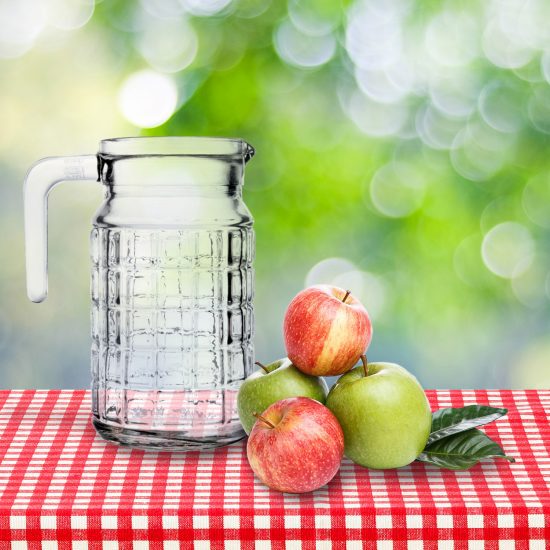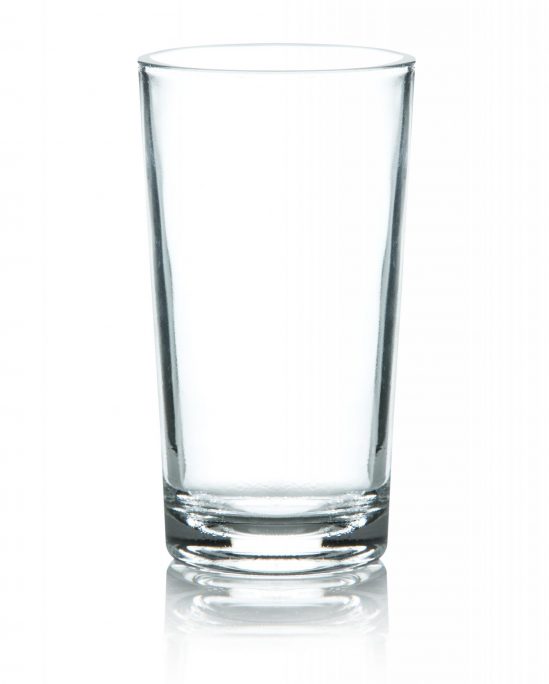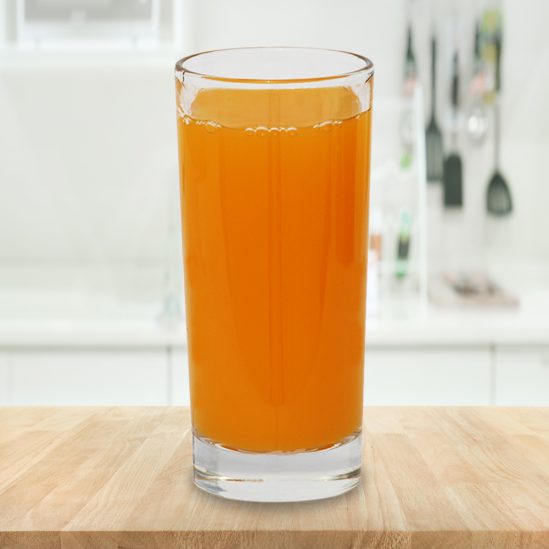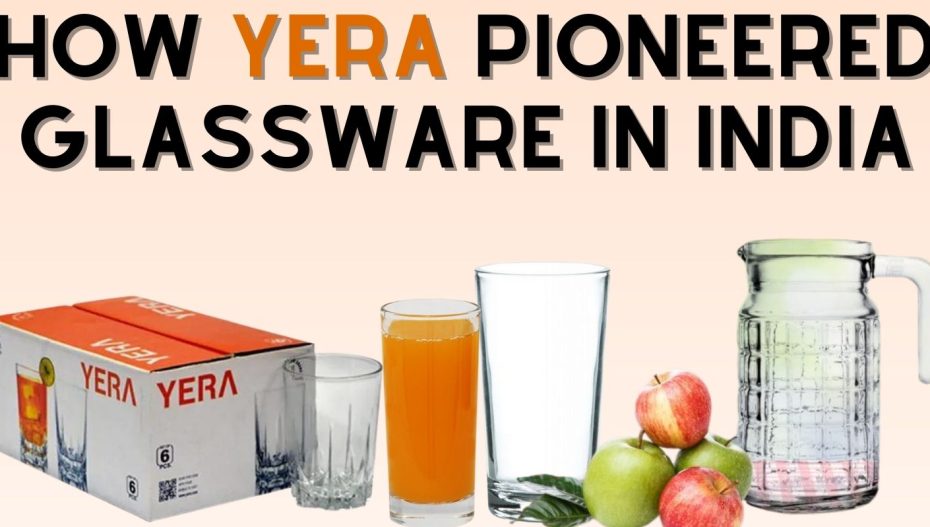When the Baroda-based Alembic Glass launched Yera in 1965, glass tableware was still a novelty. Brass was then the material of choice for tumblers and plates in Indian households and it was only gradually being replaced by stainless steel. Glassware was limited to a Westernised elite and was mostly imported.

Alembic Glass was originally set up to make glass bottles for Alembic Chemicals, which was established in 1907 as the official supplier of liquor to the princely state of Baroda. It later switched to making pharmaceuticals and Alembic Glass turned to making bottles for Alembic Pharmaceuticals’ Glycodin cough syrup and tablets. But pharma did not need as many bottles as the liquor business, so Alembic Glass took the brave step of diversifying into glass tableware. Named after the youngest daughter of Alembic’s chairman Ramanbhai Amin, Yera was launched as a branded product.

Alembic had the onerous job of creating a whole new market. Yera’s first advertising campaign targeted the middle-class housewife and stressed the advantages of glass over stainless steel. The disadvantage of breakages was countered by keeping prices low. As the market grew,
Yera was also competing with the unbranded glassware produced by small units in places like Firozabad. Later campaigns used the competitive tag-line ‘you can’t buy better,’ to stress Yera’s quality. The stylised Yera signature at the bottom of the glass now allowed Alembic to charge a 50% premium over the unbranded competition.

Alembic also built a powerful nation-wide distribution network. Retailers were quite eager to stock a brand supported by high gear advertising and soon, any store that sold glassware stocked Yera. Many of them stocked only Yera and the market share of the brand grew to over 60%. Yera also emerged as a favoured gift item. If a dinner guest showed up at your doorstep with a gift-wrapped box, it usually contained a set of Yera tumblers.
Yera has always been a mass-market brand, cutting across segments and trying to be all things to all people. This worked well in the 70s and early 80s, when the size of the Indian middle class was small. But the late 80s saw the entrance of new brands La Opala and Borosil, targeting the high end of the market, where Yera had no presence. Yera may have had some aspirational value when it launched, but this had eroded over the years and it had become a low-priced volume player.

In the early 90s, Alembic introduced a new range of “French style” brown tinged glassware under the brand name Prima. But it was still loath to give up the Yera brand equity and Prima’s advertising campaigns stressed the fact that it was from ‘the makers of Yera.’ Prima has not survived the vagaries of competition, but Yera itself has. Alembic Glass has been renamed Shreno and a quick search on Amazon shows it sells a range of tumblers, cups, jars, and bowls under the Yera brand name. A set of six basic 310 ml Yera glasses retails at Rs 200, up from the Rs 30 it would have cost 30 years ago.
Also Read: Why mobile users may not shift to 5G soon…













